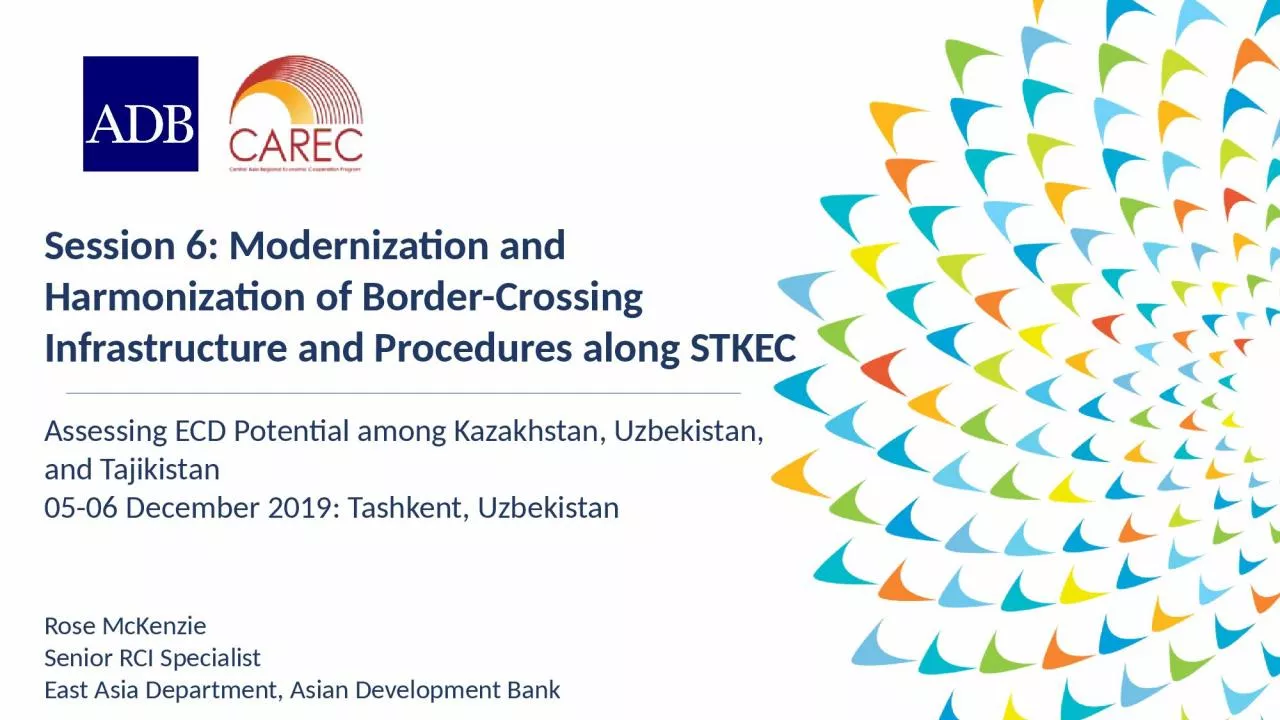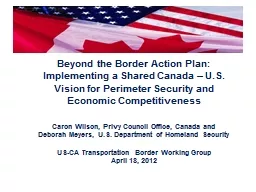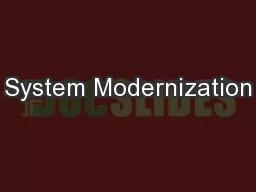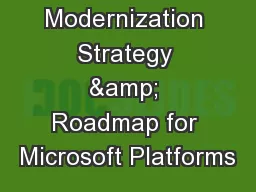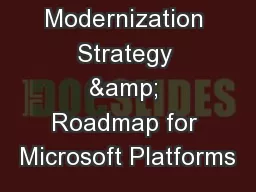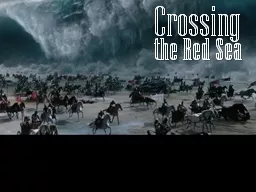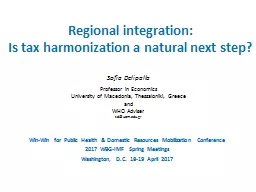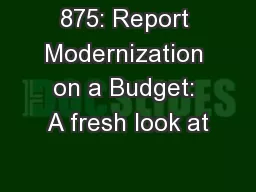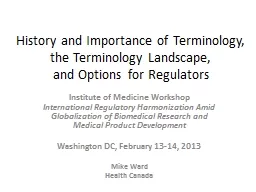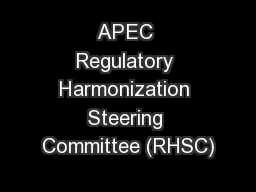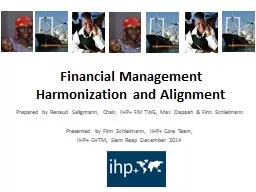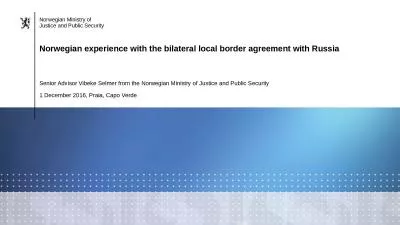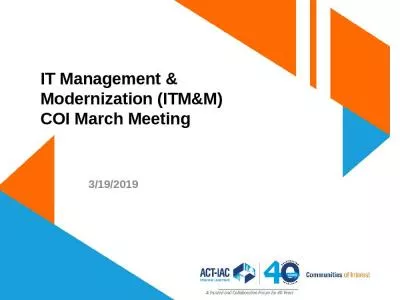PPT-Session 6: Modernization and Harmonization of Border-Crossing Infrastructure and Procedures
Author : isla | Published Date : 2023-11-05
Assessing ECD Potential among Kazakhstan Uzbekistan and Tajikistan 0506 December 2019 Tashkent Uzbekistan Rose McKenzie Senior RCI Specialist East Asia Department
Presentation Embed Code
Download Presentation
Download Presentation The PPT/PDF document "Session 6: Modernization and Harmonizati..." is the property of its rightful owner. Permission is granted to download and print the materials on this website for personal, non-commercial use only, and to display it on your personal computer provided you do not modify the materials and that you retain all copyright notices contained in the materials. By downloading content from our website, you accept the terms of this agreement.
Session 6: Modernization and Harmonization of Border-Crossing Infrastructure and Procedures: Transcript
Download Rules Of Document
"Session 6: Modernization and Harmonization of Border-Crossing Infrastructure and Procedures"The content belongs to its owner. You may download and print it for personal use, without modification, and keep all copyright notices. By downloading, you agree to these terms.
Related Documents

